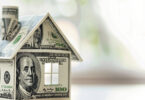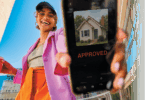There’s no denying that the smart home is gaining attention. By definition, this refers to a home equipped with lighting, heating and electronic devices that can be controlled remotely by smartphone or computer. Kirsic feels that buyers aren’t ready to pay the steep price for a fully-automated residence, which means a poor ROI. However, Kirsic adds, “I predict that smart homes will be far more desired within the next 10 years.”
In the meantime, new product innovations are bridging the gap between a fully automated home and smart ways to add specific and economic smart-home features. Here are just a few examples hitting the market.
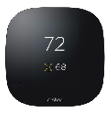 The Nest Learning Thermostat and Ecobee3 can both be controlled manually and via smartphone, tablet or computer. Both also “learn” the homeowner’s temperature preferences throughout the day—automatically heating up or cooling down right on schedule.
The Nest Learning Thermostat and Ecobee3 can both be controlled manually and via smartphone, tablet or computer. Both also “learn” the homeowner’s temperature preferences throughout the day—automatically heating up or cooling down right on schedule.
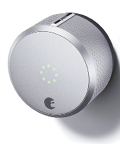 The August Smart Lock remotely controls a door’s deadbolt, making keys a thing of the past and added security a thing of the present.
The August Smart Lock remotely controls a door’s deadbolt, making keys a thing of the past and added security a thing of the present.
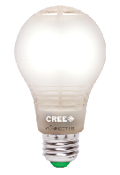 The Cree Connected LED bulb allows homeowners to dim or brighten a room’s lighting and remotely turn lights on or off. The system requires a bulb, compatible hub, mobile device, Wi-Fi connection and the desire to lower electricity bills.
The Cree Connected LED bulb allows homeowners to dim or brighten a room’s lighting and remotely turn lights on or off. The system requires a bulb, compatible hub, mobile device, Wi-Fi connection and the desire to lower electricity bills.
Return to 5 Home Design Trends & Their ROIs.




